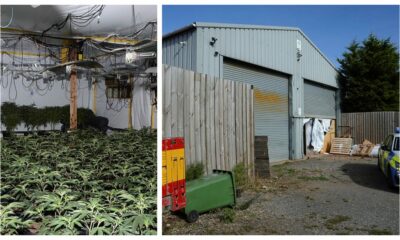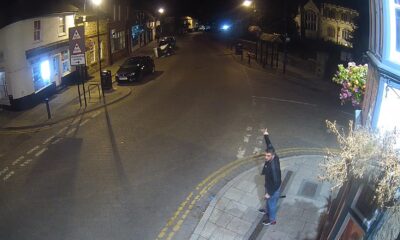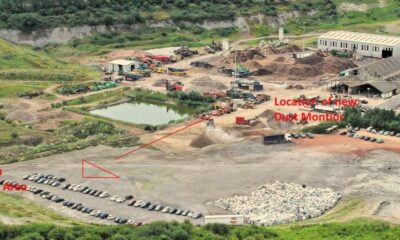News
National Highways demolish historic cottages as part of £1bn road scheme
Work began today (17 June) and is expected to take four weeks to complete
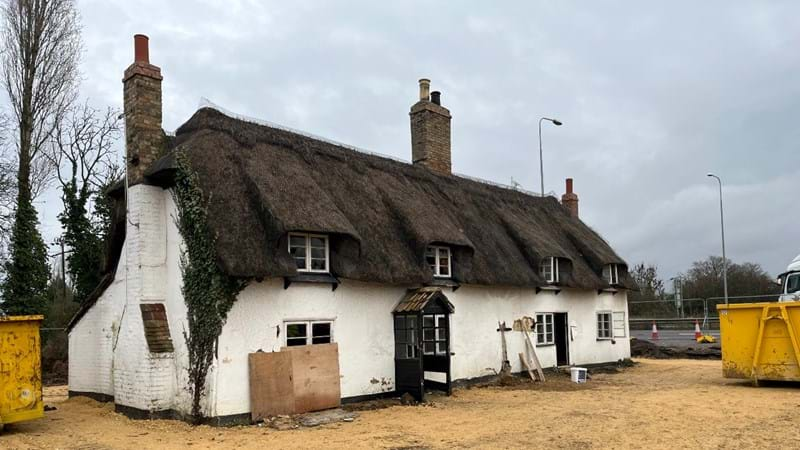
The familiar landmark late 18th century Brook Cottages on the A1 north of the Black Cat roundabout in Bedfordshire are to be demolished as part of a one-billion-pound road improvement scheme. National Highways bought both cottages a year ago but say they have agreed with Historic England and Bedford Borough Council that Brook Cottages should not be relocated once dismantled.
“We’re committed to dismantling Brook Cottages in a safe manner,” said a National Highways spokesperson.
The road scheme is intended to improve journeys between Milton Keynes and Cambridge; it is expected to open in 2027. Work to remove Brook Cottages began today.
“During the planning phase we assessed and consulted on a number of route options, receiving feedback from stakeholders and the public on which route would have the least impact on existing buildings and residents living close to the scheme,” said the spokesperson.
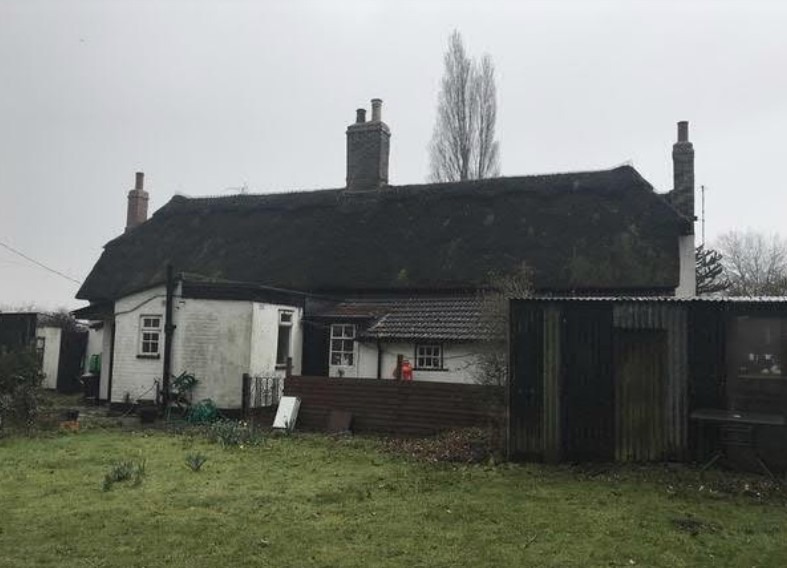
Historically Brook Cottages are known to be a pair of cottages dating to the 18th century
“Unfortunately, one of the few buildings impacted was Brook Cottages, which needs to be removed to build the new free flowing link between the A421 eastbound carriageway and the A1 northbound carriageway at Black Cat roundabout.”
Surveys had revealed that the structural integrity of the building had deteriorated over a number of years and as a whole was deemed to be of low historic value.

Historically Brook Cottages are known to be a pair of cottages dating to the 18th century
National Highways say they are working alongside Historic England to preserve any items of heritage interest, ensuring they are safely removed and transported to a safe location.
These items include:
- bread oven door
- structural beams
- two fireplace lintels
- internal fixtures and fittings
Work began today (17 June) and is expected to take four weeks to complete.
Dismantling Brook Cottages
The first step will be to remove the items of heritage interest by hand.
Once complete, a specialist team will remove any hazardous materials such as asbestos. The final part of the project will see machinery used to remove the thatched roof and dismantle the timber frame from top to bottom.
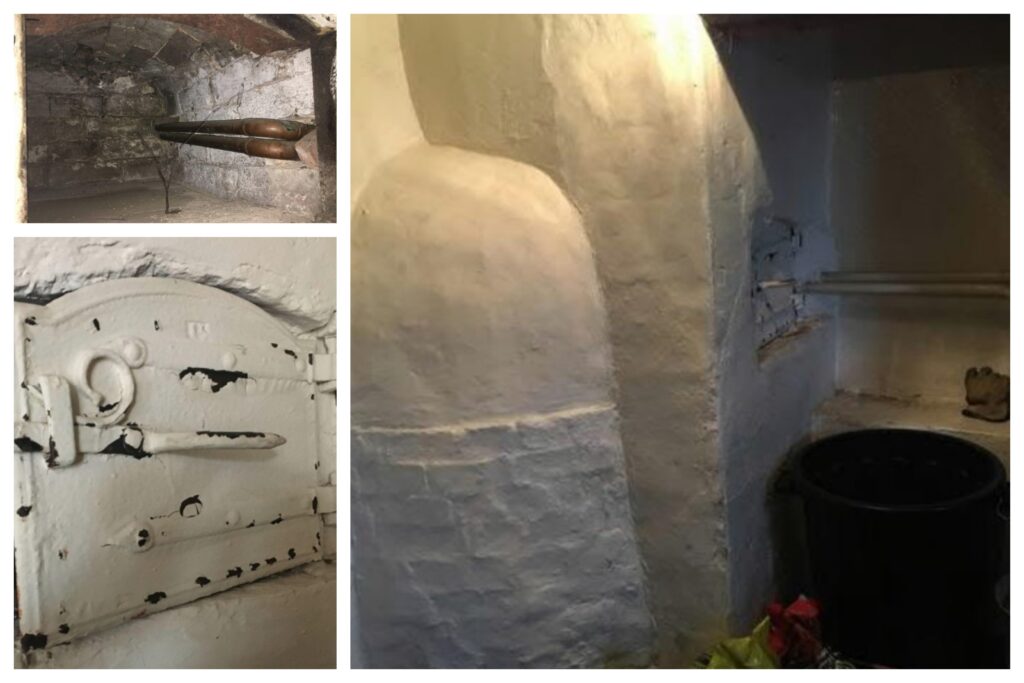
Historically Brook Cottages are known to be a pair of cottages dating to the 18th century. The bread over is being preserved.
Historically Brook Cottages are known to be a pair of cottages dating to the 18th century.
Records identify them as “colour washed rough cast over timber frame. Single storey plus attics with a half- hipped thatched roof containing four dormers with 2-light casements”. It also notes “plank doors to both cottages, with 20th century pantiled gabled porch. One red brick double ridge stack at divide, external stacks to both gable ends. Various 20th century one storey additions are noted to the rear”.

Historically Brook Cottages are known to be a pair of cottages dating to the 18th century. Above: One of the fireplaces
Brook Cottages were constructed in the late 18th century as labourers’ cottages for Bridge Farm, located to the north of the building, within Chawston village.
The first map depiction of Brook Cottages comes with the first edition Ordnance Survey (OS) of 1882. This shows the cottages alongside the Great North Road. The Great North Road is an historic route, in parts following the alignment of a Roman road.
The road was certainly in place when the cottages were constructed in the late 18th century.
































